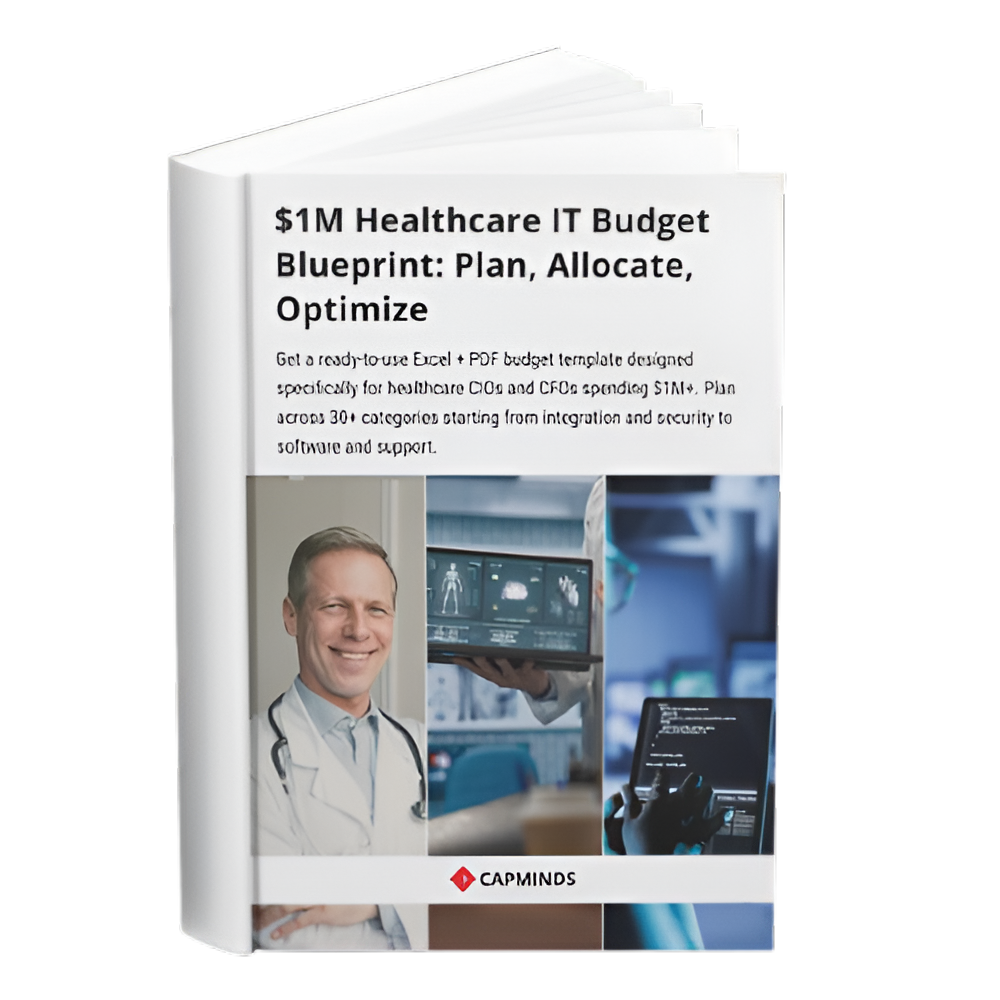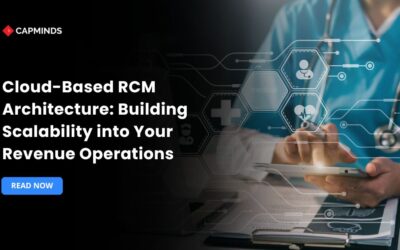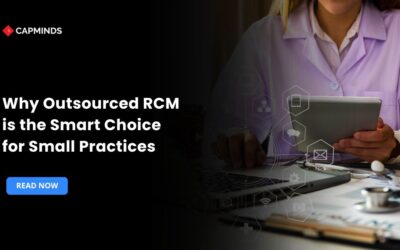The Enterprise RCM Tech Stack: What’s Missing in Most Hospitals Today
Modern hospital revenue-cycle technology stacks often look like patchworks of point solutions rather than seamless platforms. Many large systems still “rely on fragmented billing systems, fax-based authorizations, and manual data entry” for core functions. In practice, RCM remains “plagued by multiple vendors, disparate software solutions, and manual processes” that create inefficiency and revenue leakage. These gaps manifest as siloed data, incomplete automation, poor payer connectivity, a disjointed patient billing journey, and weak analytic tools. Below, we examine each of these shortfalls in turn.
Data Silos and Fragmented Systems
Disconnected data sources
Hospital RCM data is spread across siloed systems (EHR, billing, portal, lab, etc.). Integrating them is complex and often fails. As one analysis notes, connecting varied systems is “complex and costly” – a failure to integrate “can lead to data silos and hinder the RCM process”.
In practice, “lack of integration between EHRs, billing systems, and payer portals can cause data silos, leading to inefficiencies and errors”. Each additional disconnected application weakens visibility.
Visibility and workflow issues
When revenue data is fragmented, key performance indicators are hidden. Studies warn that fragmented RCM data “always have unfavorable results” – slowing down claims and triggering cascades of problems like poor visibility into claim processing and an inability to mitigate denials. Disconnected systems “prevent holistic performance visibility,” forcing staff into manual data transfers and creating new bottlenecks.
Incomplete Automation and Workflow Gaps
Patchwork automation
Even when hospitals deploy RCM software, it often covers only parts of the cycle. Most organizations rely on multiple point tools (for coding, claim scrubbing, payment posting, etc.) that each automate a narrow task. Unfortunately, this means large portions of the cycle remain manual.
In one analysis, over 70% of RCM processes still required human intervention due to these vendor gaps. Put bluntly, vendors often “automate only 30–80% of their narrow specialty,” so the remaining steps fall back on staff to coordinate.
Legacy processes
Many hospitals still use paper or spreadsheet workflows for registration, authorizations, and billing. These “legacy processes are error-prone and inefficient”.
- For example, staff may print insurance forms or use generic spreadsheets for eligibility checks instead of a unified portal.
- Each manual handoff increases the risk of typos, missed updates, and lost forms.
- Because key steps (like insurance verification or coding updates) aren’t automated end-to-end, simple tasks consume disproportionate staff time.
Bottlenecks and denials
The result of partial automation is slow throughput. Claims sit in the queue until a person notices an issue. Staff must routinely check for missing information, correct errors, and chase denials by hand.
This causes slow claim lifecycles and high denial rates. Without tight automation, even a small change (new coding guidelines, a payer rule) can cascade into backlog. The final mile – resolving exceptions – remains particularly labor-intensive, dragging down cash flow and tying up RCM teams.
Payer-Provider Interoperability Deficits
Poor payer connectivity
A major gap in most RCM stacks is real-time integration with insurers. Hospitals often lack built-in APIs or feeds to commercial payers and clearinghouses for eligibility, claims status, and authorizations.
- As a result, “when systems are disconnected, your staff ends up juggling multiple logins, spreadsheets, and phone calls” to get even simple updates.
- Each manual query adds cost and delays reimbursement.
- In practical terms, this means prior authorizations often are not resolved until after the fact, and eligibility must be re-checked by hand at each visit.
Complex policy changes
Payers continually update coverage policies, coding rules, and authorization workflows. Without end-to-end interoperability, RCM systems cannot automatically adapt.
According to experts, keeping up “requires interoperability between your RCM tools” and every external system – payer portals, clearinghouses, claims-edit tools, and even the EHR. Lacking this, hospitals must rely on staff to learn each new rule and manually apply it to claims. This disconnect increases denials: insurers can reject claims on grounds that the provider’s software never flagged.
Standards and real-time exchange
Most hospital RCM suites do not fully embrace modern standards (such as HL7 FHIR or payer API frameworks). Without standardized interfaces, even well-designed systems cannot easily exchange data. The practical result is that updates on a patient’s claim or coverage are often hours or days late.
As one review noted, disconnected workflows result in billing confusion and delayed payments, which in turn lead to frustrated patients.
Fragmented Patient Financial Experience
Disjointed billing channels
Patients today expect transparency and convenience, but the tech doesn’t always cooperate. A typical hospital will send paper statements, emails, text messages, and portal notifications – often from unlinked systems. The lack of a unified patient-financial interface is glaring.
Patients routinely complain that systems “feel clunky” and that it seems like “one hand doesn’t know what the other hand is doing”. They may fill out the same insurance or billing form multiple times because the earlier entry wasn’t shared.
Confusing statements and portals
When front-office systems lag, patients become frustrated. Without integrated cost-estimation and billing tools, many patients receive unexpected or delayed bills.
- As one industry analysis notes, “when front-office systems are slow or error-prone, patients get frustrated, bills are paid late (or not at all), and staff spend extra time handling inquiries”.
- In short, poor integration erodes trust. Collections suffer as patients postpone payment amid confusion, and satisfaction scores drop.
- This fragmented experience is a key gap: truly unified RCM platforms would provide consistent cost estimates, one consolidated bill, and a seamless portal login for all financial data.
Limited Analytics and Predictive Insights
Lack of proactive intelligence
Most hospital RCM tools focus on past performance (days in A/R, denial counts, etc.) rather than forecasting the future. Advanced analytics – especially predictive models for cash flow, denial risk, and payer performance – are often missing or rudimentary.
According to one review, RCM “processes experience tremendous roadblocks from inadequate healthcare analytics,” leaving teams unable to spot trends or take corrective action. In practice, this means many organizations only detect payment shortfalls after denials have piled up, rather than predicting high-risk claims in advance.
RCM Data fragmentation limits AI
Even when AI or predictive modules exist, they suffer from the same silo problem. AI-driven tools require clean, connected data to work. Without interoperability, machine-learning models must “work in data silos,” yielding inaccurate predictions and missing opportunities.
- For example, if coding, billing, and claims data aren’t unified, no algorithm can reliably forecast denials or suggest appeal strategies.
- The absence of mature predictive analytics leaves hospitals unable to plan staffing or cash management effectively – they must remain largely reactive to events.
Related: The Future of Medical Billing: AI, RPA, and Predictive Analytics in Healthcare RCM
No single dashboard
Finally, RCM leaders often lack an integrated dashboard pulling together all performance and patient financial metrics. Instead, reporting may be fragmented across departmental systems.
A truly modern stack would consolidate key RCM KPIs (first-pass yield, denial drivers, payer trends) in a single, real-time view, along with predictive forecasts. Until such capabilities are adopted, hospitals will continue to miss opportunities to reduce A/R days and improve margins.
Transform Your Revenue Cycle with CapMinds RCM Services
Healthcare’s financial success depends on an agile, interoperable, and scalable RCM ecosystem, and that’s exactly what CapMinds delivers.
Our Cloud-Based Revenue Cycle Management Services help hospitals, practices, and health systems modernize their billing infrastructure, reduce revenue leakage, and accelerate reimbursements, all while maintaining full compliance and interoperability.
With CapMinds as your technology partner, you gain:
- End-to-End RCM Services – Eligibility verification, coding, claims submission, payment posting, denial management, and analytics.
- EHR & Cloud Integration Services – Secure API-based connectivity for seamless data flow across clinical and financial systems.
- RPA & AI-Driven Automation – Streamlined workflows that cut claim processing time and reduce manual errors.
- Compliance & Security Services – HIPAA-ready, FHIR-driven infrastructure ensuring complete data protection.
Reimagine your revenue operations with CapMinds’ digital health tech services and solutions, built to scale with your growth.
Talk to our experts today to optimize your RCM performance.




